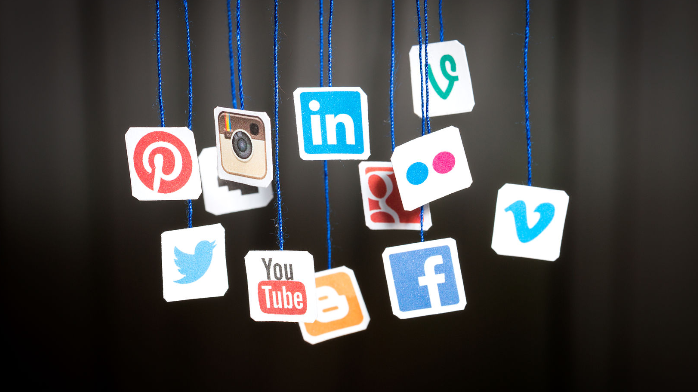Social media is now pretty much everywhere – nearly every single business, such as Mediagroupww, uses it for its marketing purpose. This is because they are extremely powerful tools when it comes to promoting or relationship-building, especially for a very low cost. That being said, it is not the end all be all of digital marketing. Funnily enough, despite being around for quite some time already and with plenty of users, there are a few social media myths that keep cropping up. Even if data has disproven a few social media myths today, a few people hold onto them, especially since it is difficult to keep up to date regarding social media platforms.
If you are looking to separate fact from fiction, below are a few popular myths that have remained. Here, we attempt to explain them and why these old ways of thinking should be left behind.
You should join every single social media platform
While there are plenty of popular social media platforms out there (and plenty more new and upcoming), that does not mean you should set up a profile on all of them. This is because each social media platform has a slightly different demographic and way of communicating. This means not all of them may fit your brand or are worth your time. For instance, Instagram tends to be more visually inclined, while Twitter is mainly about relationship-building and generating conversations. Moreover, time is a finite resource. Once it passes, you cannot get it back. As such, it is a lot more efficient if you target the channels that your audiences are actually on and devote time and resources only to the platforms and marketing tactics that suit you best. This can be done by looking at data and analytics – always be sure to check them regularly so you know how a specific social media platform is doing. If it is not doing well, you may decide to cut it loose and move on.
Social will kill email
Anything that goes (something) is dead tends to be a red herring. Especially if it applies to email marketing. In fact, most studies have shown that email marketing tends to generate the highest rate of return, because not only can you personalise messages directly to your audience (and there is a lower chance that they will miss it since it is sent directly to their email), but you also have the opportunity to create your own email list. This is vital as you never want to put all your eggs in one basket. Say, for instance, a social media platform like Instagram goes down. If you have not been collecting emails, then that means you have lost all your followers and audience in one fell swoop. But if you had an email list, then you would still be able to proceed with marketing and communicating efforts. Overall, email and social tend to be complementary tactics, as both of them help generate brand awareness and boost brand loyalty.
You can publish the same post everywhere
Because time is money (as most people say) most businesses will pick the low-effort option and create a single social media post to be published on all their social media platforms. While there is such a thing as repurposing content (which can be highly effective and is often recommended) you still have to remember that each social media platform is different. They have different requirements, different ways of communicating, and slightly different demographics and audiences. So, if you want to be successful in your social media marketing, you will have to understand these differences and use their features to your advantage. For example, LinkedIn tends to focus more on businesses, professionals, and b2b marketing. Therefore, it makes sense that a lot of B2B businesses find clients and build relationships using this platform. On the other hand, Instagram tends to appeal to a younger demographic (such as Millennials) and is more image heavy. So, a boutique shop may post attractive images of its products on the platform to entice people to visit its website and make a purchase. If you wish to repurpose content, you still must tweak it slightly so that it conforms to the standards of a particular platform.
You are successful if you have a large number of followers
It seems easy to judge how a particular brand or business is doing by the number of its fans, followers and connections displayed on its social media. However, the numbers there may not actually reflect the reality of how the business is doing. For example, a business may not have a high social media following, but still, rake in plenty of sales! This could be because they are focusing on other marketing tactics and channels, such as using media outreach or public relations. Even if you do not have a lot of followers, so long as a select few remain die-hard loyal fans and buy everything you make, you can still do incredibly well. On the flip side, just because a business has tons of followers does not mean its sales are high – after all, not everyone one of them will convert into a paying customer and make a purchase.
You can easily sell on social media
Although it is possible to pitch and sell your products and services through social media, it is actually a lot tougher to do nowadays. This is because people have become inundated with advertisements, and as a coping mechanism, have learned to tune a lot of it out. This is especially true on social media, where competition is incredibly fierce, and ads are everywhere. Because most people go on social media to escape reality, they do not like being blasted with sales and marketing pitches, especially if it is a hard sell. Instead, you should use the soft sell method more, which entails finding out your audience’s needs and challenges, creating inspirational, educational or entertaining content so they find it valuable, and nurturing a community of like-minded individuals. Only after someone has become a loyal follower can you then move them further down your sales funnel.





